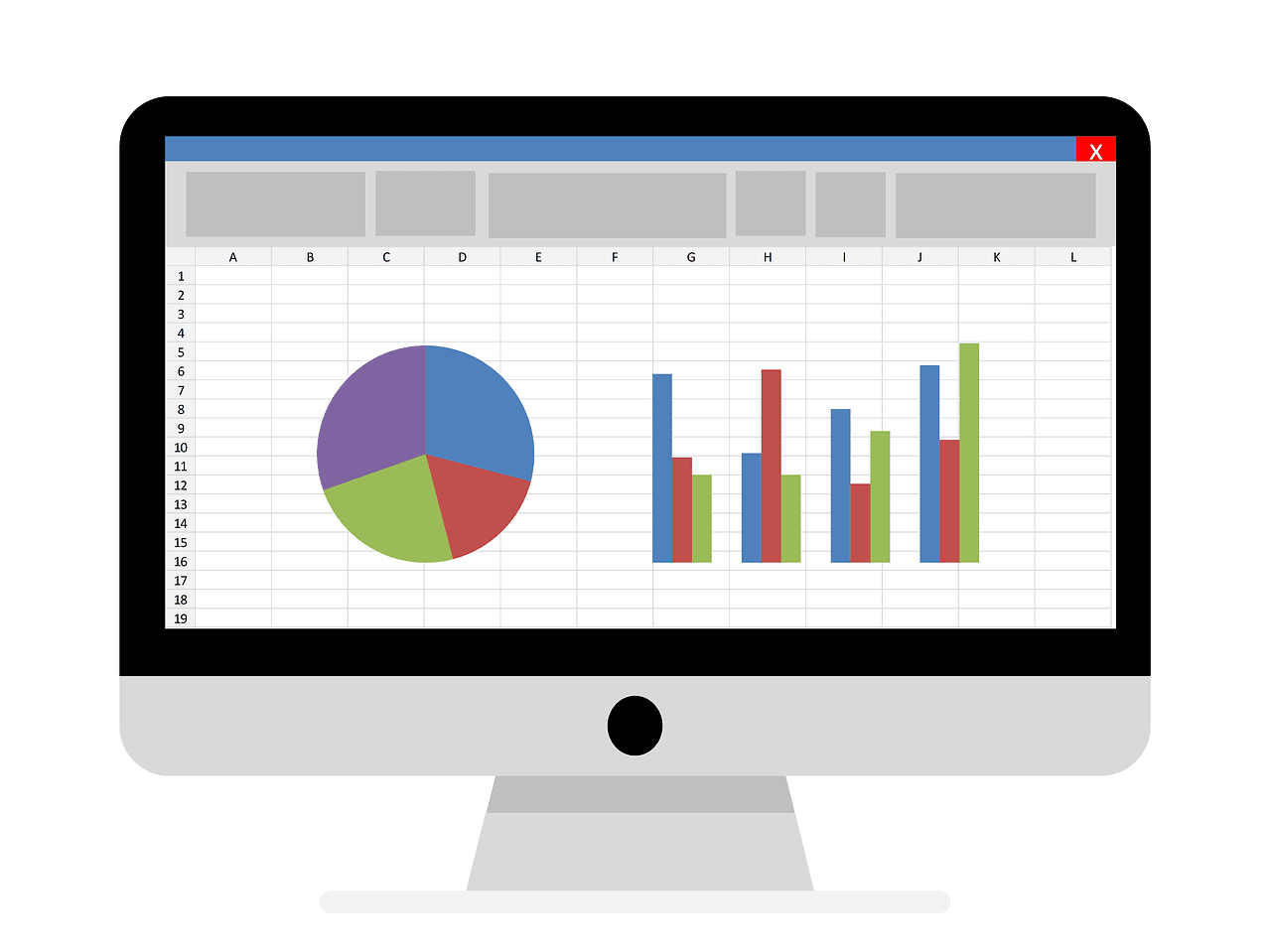Commenting on today’s trading which featured a feud between Salvini and the former Italian Prime Minister, Gorilla Trades strategist Ken Berman said:
While bulls took a breather after two blowout sessions, today’s low-volume pullback doesn’t mean that investors should be running for the exits. Even though Treasuries edged closer to their recent multi-year highs due to the resignation of the Italian Prime Minister, U.S. stocks showed resilience again, the major indices held up well above last week’s lows, so the rally might soon resume.
Q2 hedge fund letters, conference, scoops etc
All of the key sectors lost ground today and financials was yet again the weakest, due to the declining Treasury yields. Although stocks sold off in the last minutes of trading, due to technical factors, making today’s session look more bearish, there were clear positive signs ‘under-the-hood’. Small-caps showed stability in the face of the global risk of shift, and the stocks most exposed to the trade tariffs, such as Apple (AAPL) outperformed the broader market. Since the trade war is still the most important risk factor for equities, the fact that investors are accumulating the affected issues supports the bullish case.
While the fact that Italian Prime Minister Giuseppe Conte announced his decision to resign wasn’t a major surprise, it confirmed that the European Union (EU) is in for a heated autumn. The risk of a no-deal Brexit together with the Italian political crisis could hurt the already struggling European economy, not to mention the battered euro. Germany and the U.K. are already on the brink of recession, and as the pressure is mounting on the European Central Bank (ECB) and the EU, volatility in European assets could pick up in the coming weeks.
All eyes will be on the FOMC meeting minutes tomorrow, and as last month’s decision to the lower the Central Bank’s benchmark rate wasn’t unanimous, the details could have a significant impact on both Treasuries and stocks. As the minutes will be released in the afternoon, traders could be in for a choppy morning session, even though existing home sales will be out just after the opening bell. Sales are expected to bounce back following last month’s negative surprise, and since we got mixed signals from the housing market this month, a positive surprise could give a boost to the sector.
The two dissenting votes against the Fed’s rate cut last month were scary enough to cause a sell-off in stocks, and tomorrow investors could get a closer look at the decision. In light of the recent negative developments in the U.S.-Chinese relations and the deterioration in the European and Chinese economic numbers, tomorrow, analysts will be focusing on how the FOMC members view the outlook of the domestic economy. Should the global trends be in focus of the minutes, stocks could continue their recovery, but should the strength of the U.S. economy rule the discussion, the pullback could resume.
Technical Corner
Although the technical picture improved thanks to the rally of the past few days, and the major U.S. indices are still very strong in comparison to their overseas peers, the short-term trend is still negative on Wall Street. The benchmarks are well above their rising 200-day moving averages of 7,584 for the Nasdaq, 2,800 for the S&P 500, and 25,607 for the Dow, but they are still stuck below their flat 50-day moving averages of 2,946 for the S&P 500, 8,044 for the Nasdaq, and 26,608 for the Dow.
The Volatility Index (VIX) finished today’s session just above its 200-day moving average, despite hitting its lowest level in more than three weeks in early trading. While the ‘fear gauge’ is still above both its long- and short-term moving averages, it continues to show a positive divergence compared to the major indices. Since the VIX is usually higher ahead of key Fed-related events, such as this week’s Jackson Hole Symposium, the index could fall further next week, and that would confirm that this month’s pullback was just a bump in the ongoing bull market.
The major indices broke their three-day winning streak today, as the increasing political uncertainty in Europe weighed on risk assets globally, pushing investors towards Treasuries and gold yet again. The Dow was down 173 or 0.7%, to 25,962, the Nasdaq lost 54, or 0.7%, to 7,949, while the S&P 500 declined by 23, or 0.8%, to 2,901. Decliners outnumbered advancing issues by a more than 2-to-1 ratio on the NYSE, where volume was well below average.
What do you think will have the biggest impact on markets going forward? Who will be the next Italian Prime Minister? Yield Curve? ECB policy? China trade war? Let us know in the comments section!






